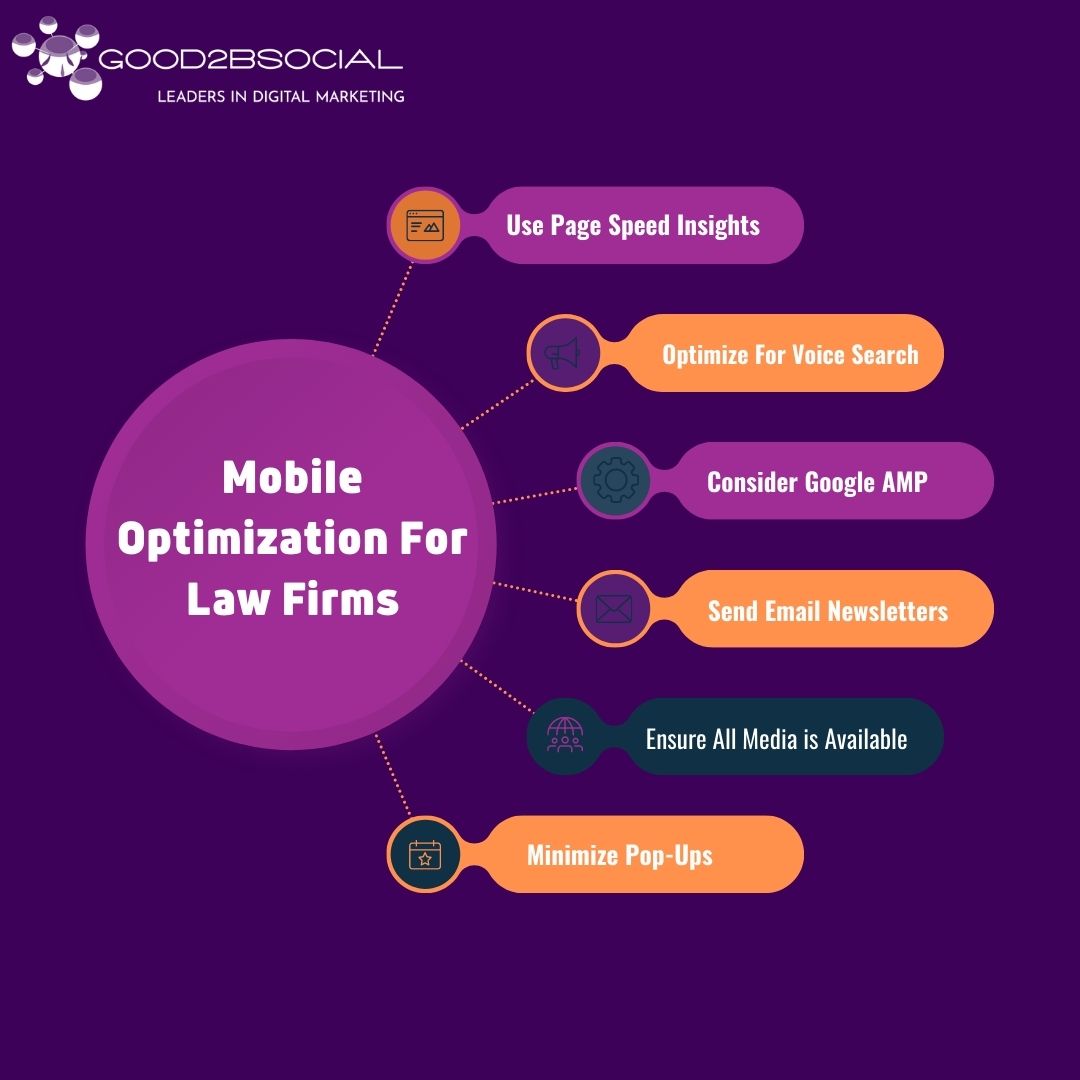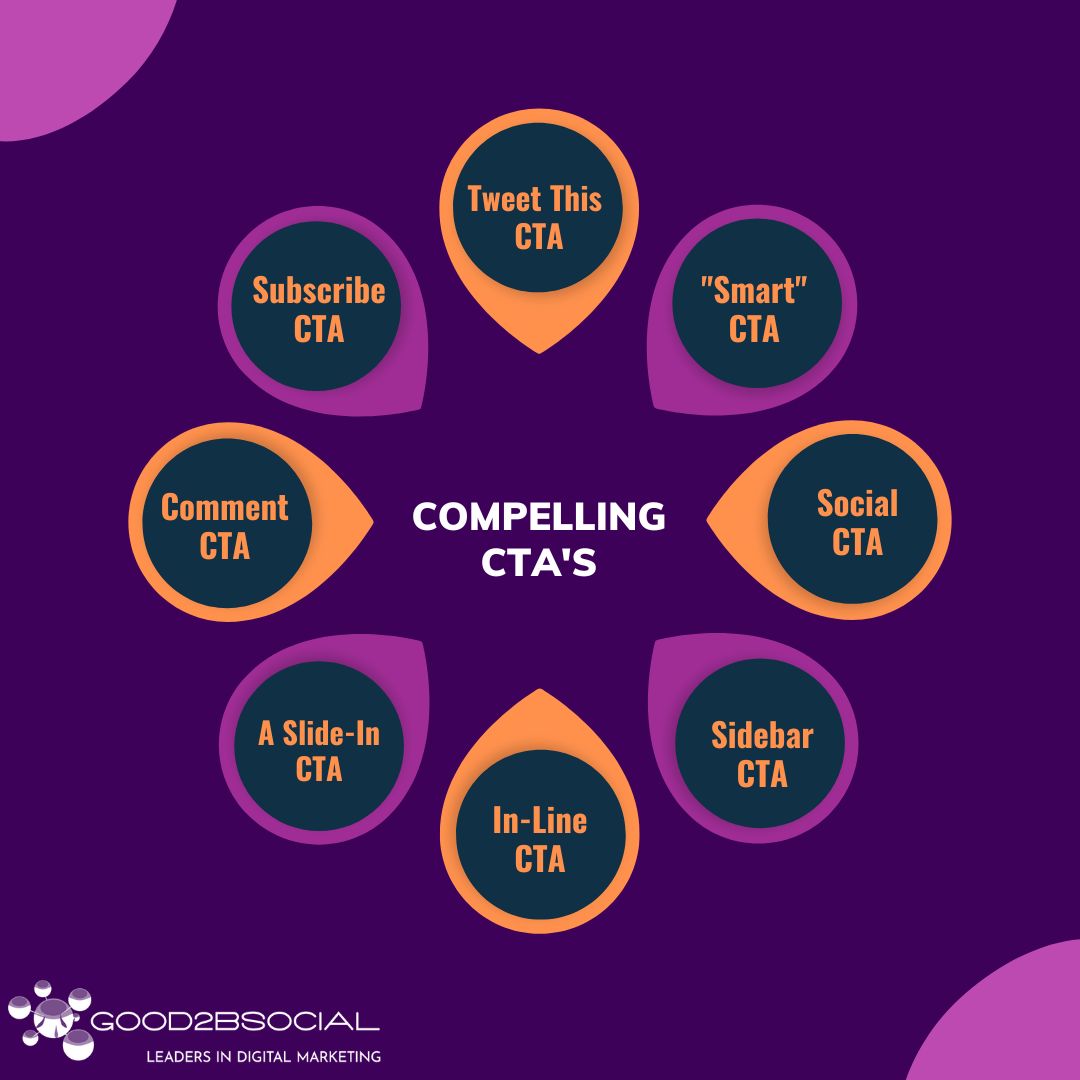
Blogging for Lawyers: 15 Tips to Capture the Right Audience
All marketing essentially comes down to getting the right message in front of the right people at the right time. Blogging for lawyers is no different. Even the best blog strategy won’t garner the results you’re hoping for if the right people don’t engage with your content. Here are 15 tips from our search experts to help law firms ensure their blogs reach the right audience.
Blogging for Lawyers
1. Create an Ideal Client Profile
The key to creating content for the right audience is understanding who your audience is and what their attributes and pain points are. Start by creating an ideal client profile. This is a persona that is a representation of who your target audience is based on research, data, and feedback. Then, shape your content around their pain points. You can start creating one with this free guide.
2. Draw the reader in
One of the most important parts of your blog is the impression you make when a reader first sees it in search results. Items like a title, meta description, URL, headings, and introduction are of the utmost importance if you want to garner a click, and hopefully a full read. In fact, most readers skim posts in 15 seconds or less. So, the impression you put forth with a captivating title, meta description, introductory paragraph, and headings will be key in getting users to stick around.
3. Focus on Mobile-friendliness
We have now officially reached the point where more than 50% of search traffic comes from devices. People do most digital tasks on their phone now, and those that read blogs from a device expect a mobile-friendly experience. In fact, being mobile-friendly is a ranking factor. Your blog should provide a great experience for both desktop readers and mobile readers – and not one at the expense of the other.
4. Monitor Page Speed Times
Readers have very short attention spans, and if your page doesn’t load instantly, they’re likely to bounce. It’s pretty easy for them to just move on to the next item in the search results, and they are conditioned to do so. It’s essential to make sure the visual elements on your page aren’t slowing down your load time. Remove anything unnecessary from the page, such as overused plugins or images that are too large. And keep this in mind: Google knows if your page is slow, because they can see if people leave right away. That means load time is actually important for being visible in SERPs and being found.
5. Focus on Content Quality Over Word Count
With the sophistication of today’s SEO tools, it’s easier to see “target word counts” for getting better rankings. However, don’t make the mistake of giving so much credence to length that you add fluff. Your most successful blogs will be those that deliver valuable insights and answer real questions. Focus on doing that, and chances are, your blog will have a longer word count as you elaborate on key concepts. If you find your blogs are shorter in length, try using a cluster method, where you create several concise articles and link to them all from a main page. This allows readers to move on to other blogs easily without leaving your site.
6. Obtain Quality Backlinks
You might be surprised to know how much it matters to search engines which sites reference yours. Having high-quality sites linking to yours is a serious ranking signal that can help you in search results. That’s why promoting, networking, and distributing your blog is just as important as creating it in the first place. Develop a linking strategy so that established sites can “vouch” for you with their links.
7. Build Domain Authority
This is another aspect of “trust” that search engines will monitor in order to provide the best experience to readers. They want to serve results that are relevant to the search and provide the most insightful information. The search engine recognizes your area of expertise based on the relevance of keywords to the URLs of your domain.
8. Identify Search Intent (and target related keywords)
Proper keyword research is the foundation of blogging for lawyers, and that’s not likely to change. At the same time, it’s critical to take a searcher’s intent into account when planning content. Search engines have become more sophisticated and they serve results based on the question the searcher is really asking. You need to put yourself in your blog readers’ shoes and then target keywords that apply to what they actually hope to find. Start by asking yourself “What does my audience want to learn about? What questions are they asking? Which keywords drive the most volume to my website?” Conduct research from there.
9. Optimize All Content
Before you create new content, think of how you’ll optimize for SEO and for conversions. If you have a stable of content already, think about the ways that you can improve it. For every post you create, follow an SEO checklist for tactics like implementing target keywords in your title and metadata. Think about what drives people to click and keep reading. If you have older content, consider how it can be updated to be more relevant.
10. Focus on Your Blog as a Whole
Don’t create posts in a silo, think of each one as part of a larger SEO strategy. What is the goal of your blog? Do you want to just share thought leadership to earn trust? Or are you trying to drive more web traffic or inquiries? Whatever you are attempting to do with your blog, it should mirror your overall content objectives and map to the larger goals of your firm.
11. Try a Pillar and Cluster Method
We mentioned this a bit above, but this form of content marketing can generate a lot of success. A pillar page is a sort of repository for individual landing pages or hub pages that comprehensively cover a specific topic. The “cluster” around the pillar page is made up of blogs, guides, and other supporting sources that serve to educate the reader. Many firms have taken the approach of focusing pillar content on the key areas their firm supports, and then creating several different blog posts that answer questions related to that topic. As an example, you could have a pillar page titled “Personal Injury”, linking to related blogs like “Common Personal Injury Cases”, “Personal Injury vs. Bodily Injury”, “Questions to Ask Your Personal Injury Attorney”, and “Filing a Personal Injury Claim”.
12. Write for Readers (not lawyers)
Hopefully, you’ve researched your website and blog visitors and understand who is reading your content. Chances are it’s people with real legal challenges and not other attorneys. This means when you explain something on your blog, whether it’s a change in legislation, a big case, or breaking legal news, you need to avoid legal jargon and make it relatable. Write so that your readers can better understand the issue itself, as well as how it relates to their life, their business, or their legal situation.
13. Make Next Steps Easy
How can you capture the right audience without a strategy for the next steps after they read your blog? Make sure every blog has an easy-to-follow CTA that leads to next steps, so your audience can easily move to the next stage of the sales journey if they feel inclined.
14. Stay Up to Date
A huge part of whether your blog gets read is its relevancy. There are many topics that are evergreen (something that is not time-sensitive and will always be relevant), but there are also many topics that will be more relevant depending on the news cycle or time of year. So, sometimes it’ll be best to discuss certain topics during certain seasons. Also, you should use a content aggregator to stay on top of the news and build blogs surrounding any timely topics discussed.
15. Get Help When Needed
Blogging remains an elusive topic for many lawyers, and often they don’t know where to start. Luckily, there are many free resources out there to help lawyers and legal marketers create successful blogging strategies that will bring in leads and help generate brand awareness. Reading this blog and others on our page is a good place to start, but don’t be afraid to do more extensive learning with an online course like this one: Blogging for Lawyers.
Takeaway:
Getting your blog in front of the right eyes really comes down to search, visibility, and the ability to capture attention. Without being found in search, you won’t be visible and you won’t have the chance to capture anyone’s attention. The most crucial component when it comes to search is keeping search intent in mind. When it comes to blogging for lawyers, think about the information that your reader is really trying to obtain and then address that specific question. There’s definitely a science to this, so if you need some help, talk to our search experts. We can implement effective SEO that will drive traffic to your firm’s website and raise your search rankings. Contact us today for a free consultation.
Let’s get started, and finished
Contact us to get started on your Technology Strength Scorecard and energize your business development process.
Contact Us



